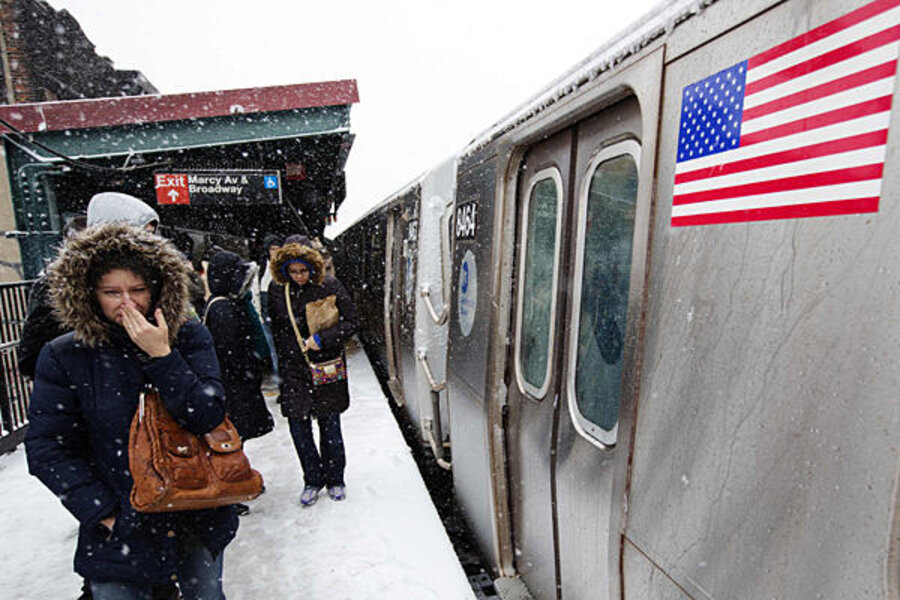Public transport surges as economy adds jobs
Loading...
| Washington
The number of Americans commuting by public transportation rose to the second highest level on record last year, as more people returned to work, according to an annual survey released by the leading U.S. transit association on Monday.
The growth in ridership would have been even stronger, if Superstorm Sandy had not stranded people and shut down transit along the East Coast, where public transportation is most concentrated, American Public Transportation Association President Michael Melaniphy said.
Altogether, U.S. transit ridership rose 1.49 percent, with passengers taking 10.52 million trips on trains, buses and commuter rail in 2012.
The increase was universal across the different modes of transit.
There were 1.42 percent more trips on heavy rail such as subways, 4.47 percent more on light rail, and 0.52 percent more on commuter rail than in 2011. Meanwhile, bus ridership grew 1.2 percent. Some of the light rail rise came from cities expanding or creating lines.
In the final quarter of the year, though, transit use was lower than in the fourth quarter of 2011, a reflection of Superstorm Sandy hitting in the fall. In November, New York and New Jersey, the states struck most by the storm, lost at least 41,600 jobs.
Rising fuel prices and a dislike of traffic contributed to the largest transit ridership since 2008, which was the highest year on records dating back to 1957, Melaniphy said.
Nonetheless, he added, nearly 60 percent of all transit trips are taken by people going to work.
"You can't get people back to work unless you can get them to work," Melaniphy said.
While the U.S. unemployment rate is stuck above the 6.5 percent that most economists consider healthy, it has been dropping for more than a year. The rate ended 2012 at 7.8 percent, well below where it ended 2011, 8.5 percent, according to Labor Department statistics.
The association points to places such as Seattle, Washington, where transit rides rose 11.8 percent over the year as the metropolitan area added more than 30,000 jobs.
At least 15 transit systems experienced record ridership last year, according to APTA. While some were in cities with well-established public transportation, such as Boston, Massachusetts, others were in areas associated more with freeways and commuting by car - namely Riverside and San Bernardino, California.
The question hanging over the industry is whether transit can meet mounting demand. Traditionally, fares only represent part of the agencies' capital and operating budgets, with federal, state and local governments providing a hefty share.
Melaniphy points to voter initiatives to raise taxes for transit that passed last year - 49 out of 62 measures placed on ballots. The association has not seen such a high passage rate for transit funding initiatives since 2000.
Places where Sandy damaged the infrastructure are borrowing to bring transit back on-line. New York's Metropolitan Transportation Authority, which carried 11 million bus and train passengers each day, has approved selling up to $2.5 billion of short-term bond anticipation notes for Sandy costs.
At the same time, the U.S. Congress in 2012 passed a long-awaited authorization for funding surface transportation. It includes loan, financing and grant programs that systems will be able to use for repairs or newequipment. The account, supplied by gas tax revenues used to fund federal transportation, was put off-limits from the $85 billion in spending cuts known as "sequestration."







